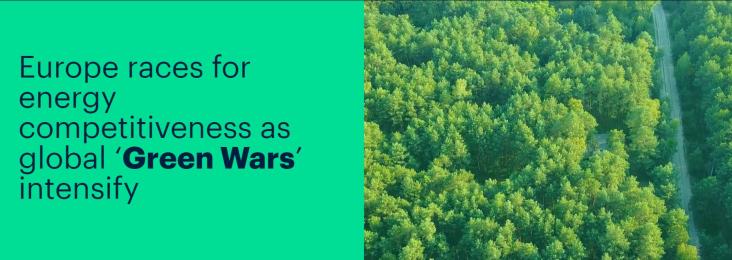This article advances SDG # 13 by quantifying the extent - and rigor - of existing regulation and makes recommendations for future policies for addressing the issue of Methane emissions.
Selective copepod grazing and water mass origin impacted spring bloom composition. Diatom bloom enhanced zooplankton recruitment and deep carbon export. Spring bloom composition impacted summer plankton community. Mixo- and heterotrophic protists dominated the nutrient-poor summer months. Copepod grazers controlled the summer protist community.
This study proposes a deep learning model based on a convolutional neural network, which can effectively fuse atmospheric information (wind field) and station water level information and can effectively forecast the station water level and also have a good response to the anomalous water level increase brought by storm surge.
Elsevier,
Recent Advancements in Wastewater Management: Implications and Biological Solutions, 2023, pp 109-132
This chapter aligns with Goal 6: Clean Water and Sanitation and Goal 13: Climate Action by discussing the role and challenges of wastewater irrigation in agriculture in response to declining freshwater resources.

This article, relating to SDGs 7 and 13, details Europe's race to maintain its position as a leader in renewable energy as global green wars intensify. Although Europe is investing heavily in new green technologies, they face significant challenges including increasing competition from countries like China and the US, as well as political and economic challenges.
The survey presented here was conducted to better understand public perceptions of climate change, human impacts and the value and management of marine and coastal ecosystems.
This chapter advances UN SGD goal 2: Zero Hunger by providing insight into adapting agriculture to changing climate conditions.

Habitat conversion and resource utilization have been identified in the One Health approach as drivers of poor ecosystem health that can lead to disease spillover events supporting SDG3.
Functionalized Nanofibers - Chapter 32: Environmental impact and safety of functionalized nanofibers
Functionalized Nanofibers: Synthesis and Industrial Applications, 2023, Pages 923-943
This chapter aligns with Goals 12 and 13 by reviewing the potential pathways of nanofibers’ release to the environment and discussing the impact of various types of nanofibers on human and animal health.
This chapter aligns with Goals 12 and 13 by reviewing the role of functionalized nanofibers in wastewater treatment.
